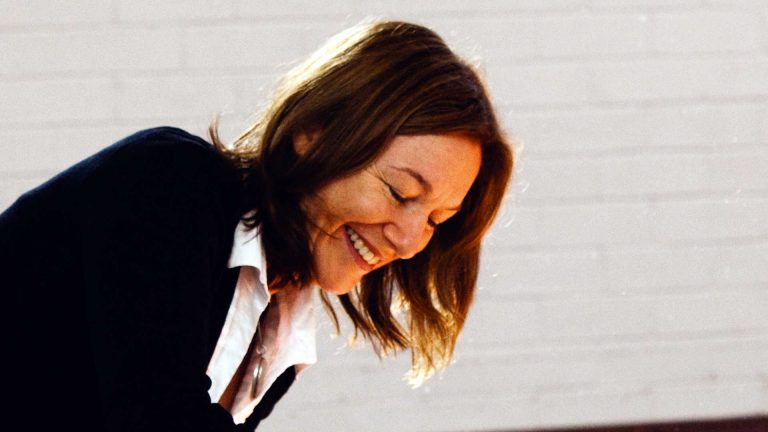Comfortable Sleep Postures: Enhancing Rest and Recovery
Quality sleep is the cornerstone of overall well-being. In this article, we’ll explore various sleep postures and how they contribute to a good night’s sleep. A good night's sleep supports brain and heart health along with all the body's other major organs and systems. The way we position our bodies during sleep significantly impacts our spinal health, and overall restfulness. Having a range of comfortable sleep positions allows us to vary our sleep position, reducing pressure areas. 1. Side Sleeping: A Popular Choice Side sleeping is the most common position among adults, and for good reason. Here’s why it’s a comfortable choice: Spinal Alignment: When you sleep on your side, your spine tends to stay…

